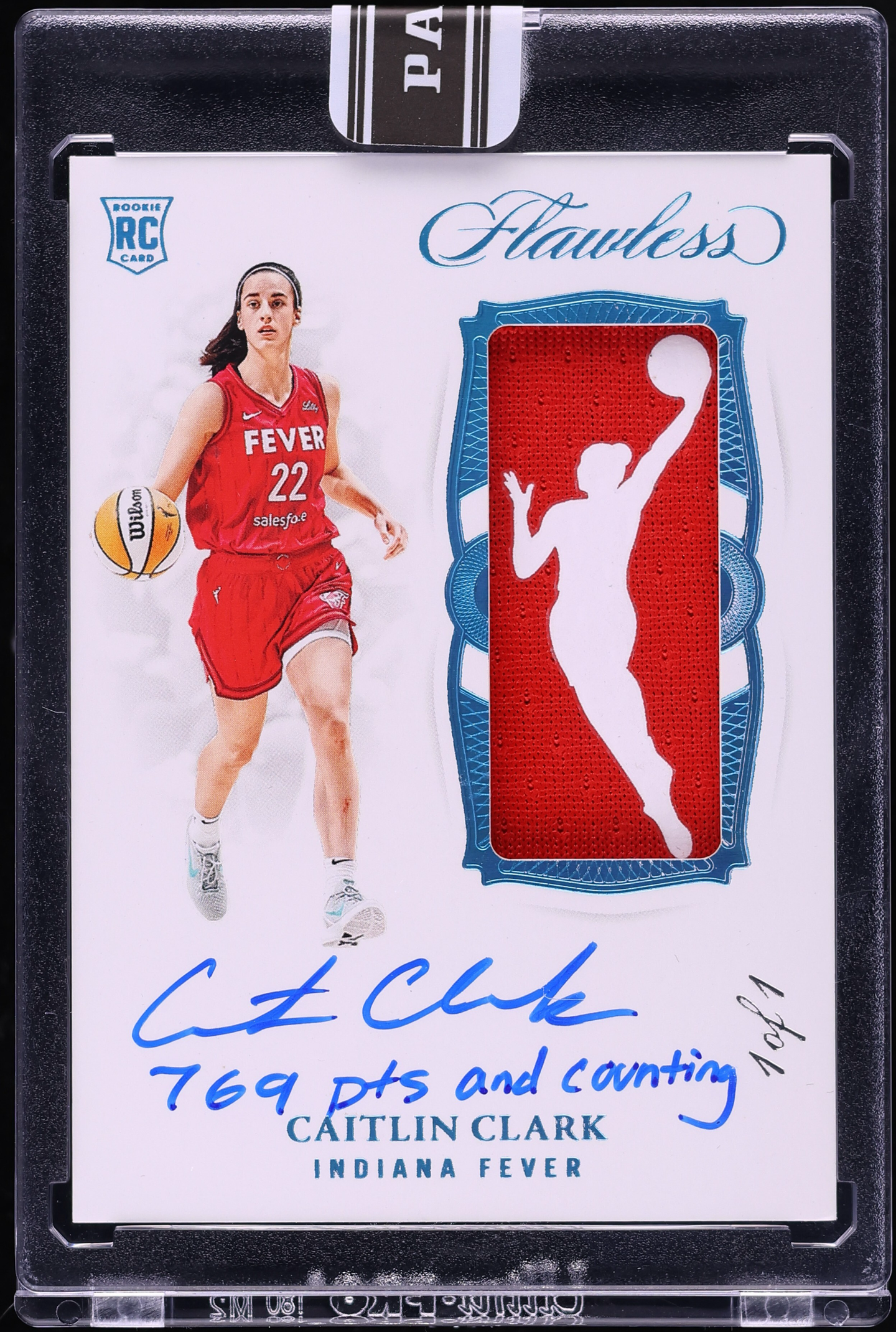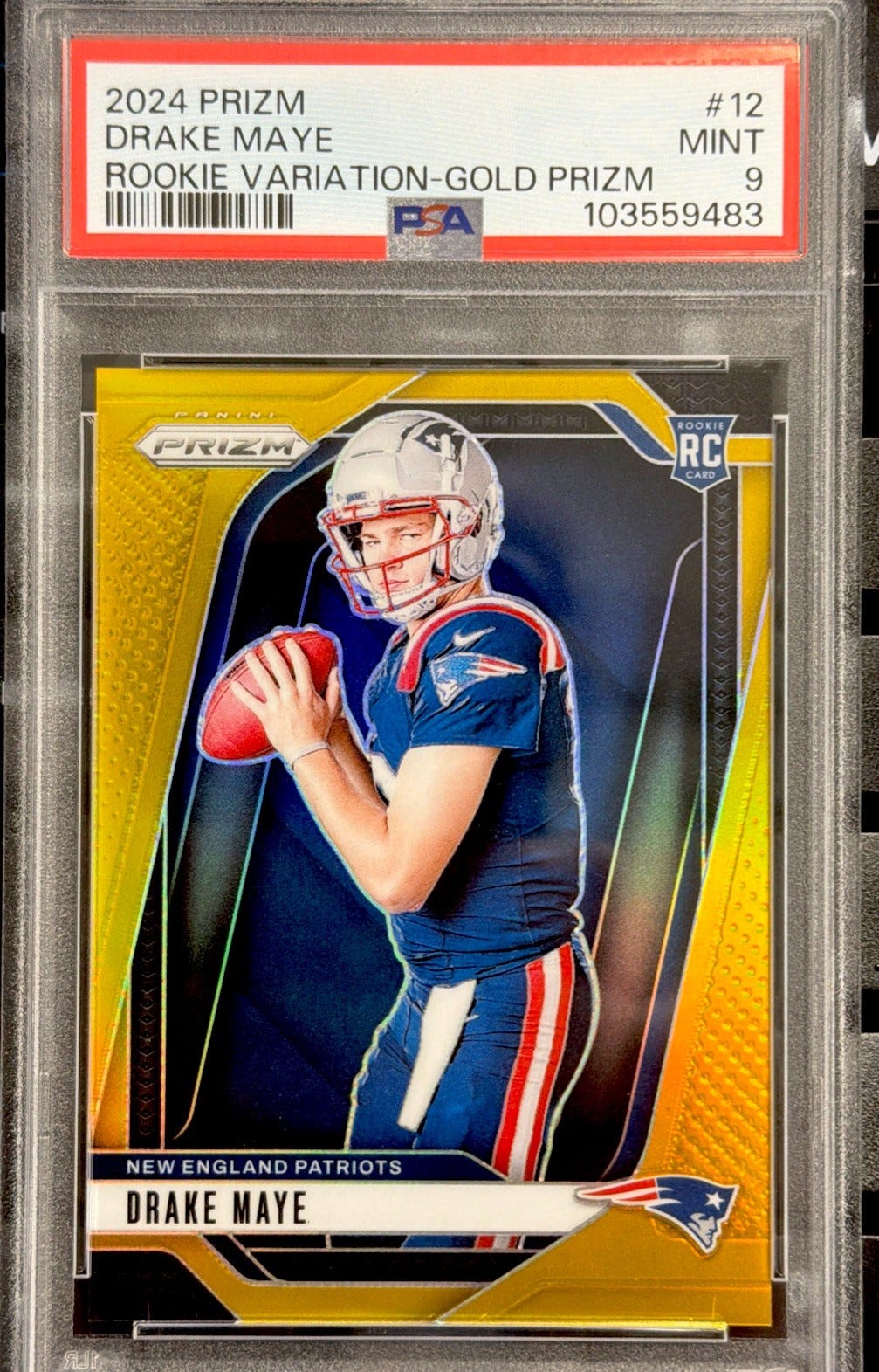Cards
1969 Topps Baseball
For a baseball card offering that arrived at the local candy store smack dab in the middle of the Age of Aquarius, you’d have thought the hairstyles would have been a bit more distinguished in the 1969 Topps Baseball card issue. Oh, they are noticeable enough, but calling those haircuts distinguished would certainly be a stretch.
And to make matters worse, there are way too many of them. Not the cards, but the haircuts.
In fact, one could say that there really are two separate sets from 1969, separate but hardly equal. At just barely past the midpoint of the issue, say the Fifth Series or so, things improved a good deal, but not quite enough to shake the notion that this was a decidedly flawed baseball card set that marked the end of a decidedly flawed decade.
While Topps gets saddled with the ultimate responsibility for the issue, there were other culprits to point to. Like expansion, which prompted the Topps guys to uncharted depths of design depravity.
With four new teams added, two in each league, the daunting challenge for Topps proved to be too much.
The obvious first casualty was the beloved team card (beloved by me, anyway). With new clubs in Montreal, San Diego, Kansas City and Seattle, it was just not to be, so Topps scrubbed the team-card subset for the first time in 13 years.
The spectre of trying to figure out how to picture all those news uniforms apparently gave rise to even more recycling than would have traditionally been the case, though it hardly explains some of the most visible shenanigans.
Many of the photos were at least four seasons old, including things like No. 190 Willie Mays in a closer cropping of the same photograph used on his 1966 Topps card No. 1, or any even more egregious re-use in the case of No. 100, Hank Aaron, with the same photo used from his 1968 card. The list goes on.
For those history buffs who like such things, applying recycling concepts to the cards of two of the greatest players in the game was hardly new: both had particularly iconic portraits from the early 1950s re-used not just once but twice.
While seemingly more forgivable at that time, it seems less so in the 1960s, by which time there was a big inventory of photography in the Topps archives of virtually all the top players. Indeed, years later, many would show up once Topps started poking around in and later auctioning items from the dusty closets in Brooklyn, including a lot of wonderful images that seemingly begged to have been used in career contemporary card sets. Oh, well.
Back to 1969. “Although there are some newer photos, Topps relied heavily on the photo library that was taken in 1965,” said Dean Hanley, owner of Dean’s Cards, the world-class online and mail-order dealer in Cincinnati (www.deanscards.com). “Topps finally sent out another photographer to spring training in 1969 to get some new pictures of the players from the A’s, Astros and the four expansion teams. Many of these new shots appear in the 5th, 6th and 7th Series of the 1969 Topps set.”
The belated sortie to spring training obviously was way too late to offer much help to that first wave of cards being eagerly snapped up across America in 5-cent and 10-cent packs. “Most of photos in the low-number cards from the first three series are downright lousy,” says Hanley, who despite the unequivocal nature of his criticism counts the 1969 issue among his favorites. “About 100 of the cards in the first four series are portrait shots of the players with no hats on their heads. Many cards feature players who were traded or had their team relocate in the preceding three years. These cards have photos with airbrushed emblems on the player’s hats.”
Now he is being kind, presumably out of a sense of benign nostalgia. He left out the adverb “crudely,” which would more accurately reflect what took place. Much of the cap work from 1969 is so icky that you almost wish they (designers) had opted for capless once more. Almost.
Starting with Series 5, which begins with card No. 416, the quality of the photos used on the cards improves greatly. “The last half of the 1969 Topps set contains some great-looking cards,” Hanley continued. “The players now appear in their 1969 uniforms, including players from the four new expansion teams. Card No. 442 of Ty Cline is the first card of a player from one of the 1969 expansion teams to appear in the actual team uniform.”
In the first three series of 1969 Topps cards, none of the Astros have pictures in their Astros uniforms. “For some reason, Topps sent a photographer to get new photos of the Braves in 1966, but they did not waste a trip on the Astros. Most of the low-number 1969 Topps cards have airbrushed photos from the Colt .45 days, which means that the pictures can be no newer than 1965. The 1969 Topps Jimmy Wynn card No. 360 is the first player ever to appear on a baseball card in an Astros uniform.”
But wait, as they say, there’s more. “Only one of the A’s players in the first three series actually has the Oakland “A” on their hat,” Hanley noted. “Before the A’s moved to Oakland in 1969, they had a ‘KC’ on their hats. The 1969 Topps Reggie Jackson rookie card No. 260 (a 1968 photo) is the first player to appear on a baseball card in a Oakland A’s cap on a Topps card.
Gee, that’s a lot of “firsts” for one admittedly flawed baseball card set. There was also a pretty big “last” in their as well, as in the last time that Topps would issue “Combo Cards” featuring more than one player, those charming oddities that first surfaced in 1957.
The multiple-player cards from 1969 are nice enough, but Topps’ designers were somewhat niggardly in their distribution of them, not coming up with “Bird Hill Aces” until card No. 532, making them all – No. 539 Ted Shows How, with Ted Williams and Mike Epstein; No. 556 A’s Stars and No. 572 Giants Heroes – all high numbers. But only four? Ten years earlier, that wouldn’t even have gotten you out of the first series.
The fact that the whole array fell in one high-number series suggests it was an afterthought, or maybe just designed to fill out the numbering. At 664 cards, not counting variations, the 1969 set was, after all, the largest baseball card issue up to that time.
One suspects that the finagling prompted by expansion that caused so much of the disruption that year also led to another curious aspect to the issue: the high numbers just aren’t all that high, and certainly not as everything – and everyone – was supposedly to have been in that gauzy summer of love.
“I don’t really believe in 1969 Topps high numbers, and many guides agree with that assessment,” said Alan “Mr. Mint” Rosen, who has handled many tens of thousands of them over his storied career, including significant quantities from unopened vending cases.
Indeed, Krause Publications’ 2010 Standard Catalog of Baseball Cards barely shows a price distinction even for the cards starting at No. 589. Early hobby reference books had often talked about the issue having four levels of scarcity, with a middle level series, from Nos. 219-337 thought to be the toughest, but that notion seemed to fade away over the last two decades,
The very absence of difficult high numbers can, in fact, be considered a significant positive for those diehard set collectors who sometimes balk at ponying up big dollars once the numbering passes the 500 level. “A lot of people buy the 1969s because it is a relatively popular set with some nice rookie cards and the last Mantle card,” said Rosen, something of a Mantlephile himself.
“The last Mantle card is really neat, though it often turns up with a little printing flaw in the left-hand border,” he continued. “Turn it over, and it has every year of his statistics.”
But before you turn the card over, take a good long look at the front to make sure it’s not one of the pricey variations that are a prominent element from 1969.
The last three series of the 1969 Topps set contains the famous White and Yellow letter variations. White-letter variations are found between card Nos. 440 and 511. White-letter variations were printed in much smaller quantities than the cards with yellow letters and their prices reflect that fact. A total of 23 cards are affected by this variant, with many of the commons and minor stars priced at anywhere from 30 to 30 times that of the more common version.
A White-Letter variation of Mickey Mantle’s last card is extremely difficult to find in nice condition, and like most 1969 Topps cards, is hard to find well centered. As the accompanying chart indicates, specimens of Mantle’s White-Letter variation in the highest grades can run into thousands of dollars.
There are also “Team Name” variation cards of both Donn Clendennon and Clay Dalrymple, with both variations are fairly common and were issued after the players switched teams.
There were some other anomalies in 1969, all three the result of the kind of irreverent playfulness commonly associated with the era. A flopped negative ostensibly put Larry Haney’s No. 209 card in the same club as Hank Aaron’s 1957 Topps; two others, No. 625 Mack Jones and No. 278, Gary Geiger, are the result of the players themselves batting from the opposite side of the plate to pull one over on the Topps photographer.
A bit more elaborate deception prevailed with card No. 653, a high number, that is nominally the Auerilio Rodriguez rookie card. Except that the batboy pinch hit for him for the photo shoot, a charming bit of hobby lore that got its initial widespread dissemination in the best book ever written about baseball cards, The Great American Flipping, Trading and Bubble Gum Book, by Brendan C. Boyd and Fred C. Harris.
Back to the question of the high numbers. While you get a break with no high-number premium, there is yet another factor that can put a bite in your pocketbook.
“The 1969 Topps cards from the World Champion New York Mets players are priced way too low by most price guides,” said Hanley.
“The 1969 Topps Mets cards (other than Seaver and Ryan – who are priced much higher than common cards) should be priced three or four times higher than their current listed price. Dean’s Cards has a very hard time keeping 1969 Mets cards in stock.”
Another interesting tidbit about the 1969 Topps Set is that the two high-dollar rookie cards (Reggie Jackson and Rollie Fingers) both played on the same team. “I can not think of another year that can make that claim,” said Hanley. “It also is not a coincidence that the A’s went on to dominate baseball in the early 1970s.”
Yeah, but the crew that managed that had haircuts that were a lot cooler than in 1969. You could look it up.
(Dean Hanley’s contribution to this feature extended well beyond the quotes provided in the story and included broad background data about his favorite card set. Most appreciated. – Ed.)
T.S. O’Connell is the editor of Sports Collectors Digest. Reach him by e-mail: thomas.oconnell@fwmedia.com; (715) 445-2214, ext. 13243.








